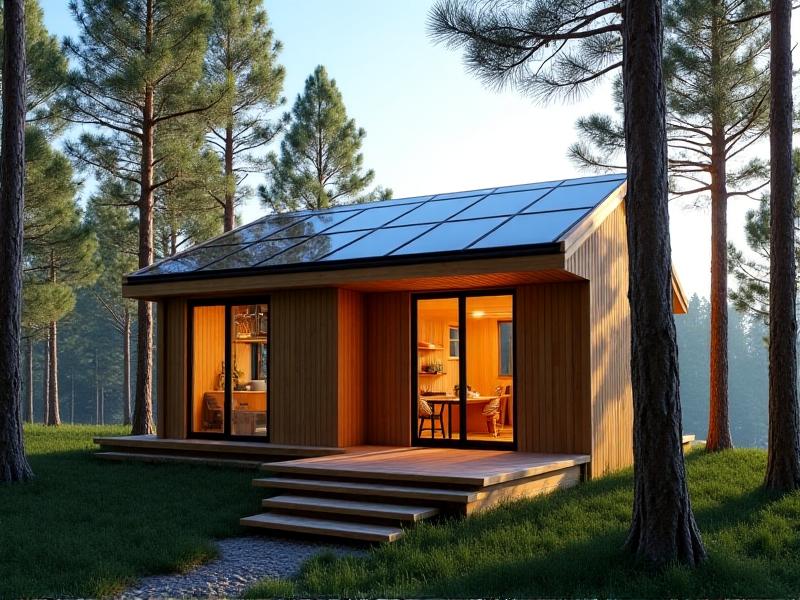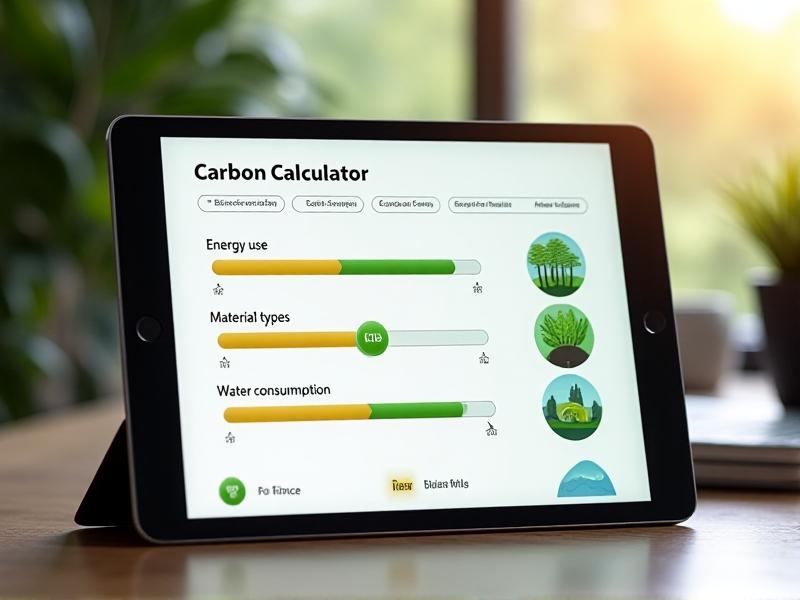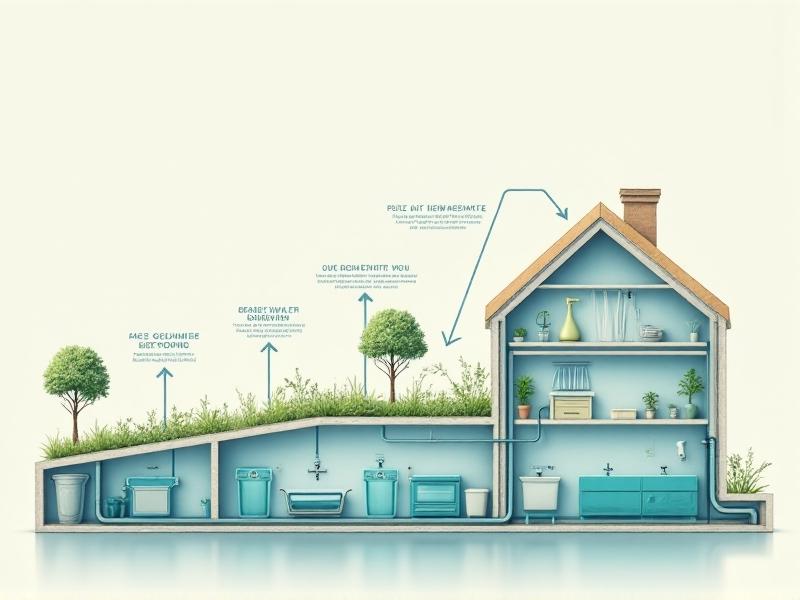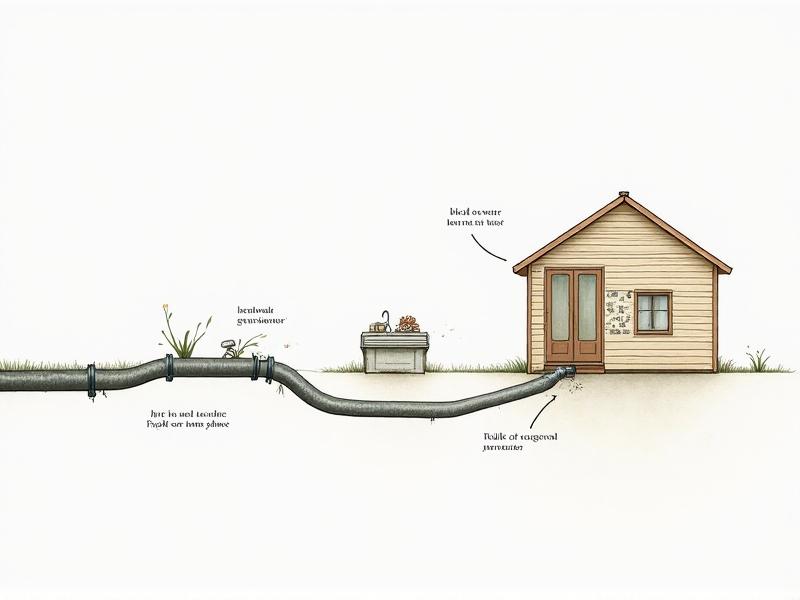Tiny Home Carbon Footprint Calculator
The Rise of Tiny Homes and Environmental Consciousness

The tiny home movement has surged in popularity over the past decade, driven by a growing awareness of environmental issues and a desire for simpler living. These compact dwellings, often under 400 square feet, challenge traditional notions of homeownership by prioritizing efficiency and sustainability. Advocates argue that downsizing reduces resource consumption, minimizes waste, and lowers energy needs—a stark contrast to conventional housing’s reliance on sprawling spaces and high carbon emissions. For eco-conscious individuals, tiny homes represent more than a trend; they embody a commitment to reducing one’s ecological footprint while fostering a deeper connection to nature.
Understanding Carbon Footprint in Housing

Every aspect of housing—construction materials, energy sources, water usage, and transportation—contributes to its carbon footprint. Traditional homes generate significant emissions through concrete production, heating/cooling systems, and long commutes. Tiny homes, however, leverage smaller spaces and innovative designs to slash these impacts. A carbon footprint calculator tailored for tiny homes quantifies these savings by analyzing factors like material sustainability, renewable energy adoption, and waste reduction. Understanding these metrics empowers homeowners to make informed decisions that align with their environmental values.
How the Tiny Home Carbon Footprint Calculator Works

The Tiny Home Carbon Footprint Calculator simplifies complex environmental data into user-friendly inputs. Users enter details about their home’s size, insulation type, energy sources, and water systems. The tool then cross-references this data with databases on material emissions, energy grids, and transportation logistics to generate a personalized footprint score. For example, choosing reclaimed wood over virgin lumber or opting for solar panels instead of grid electricity instantly lowers the calculated impact. Real-time adjustments allow users to visualize how small changes yield measurable benefits.
Key Factors Influencing Your Tiny Home’s Carbon Impact

Three primary factors shape a tiny home’s carbon footprint: materials, energy, and lifestyle. Sustainable materials like bamboo, cork, or recycled metal reduce embodied energy—the total emissions from extraction, production, and transportation. Energy efficiency hinges on design choices (e.g., south-facing windows for passive heating) and renewable systems like off-grid solar. Lifestyle habits, from composting food waste to minimizing single-use plastics, further curtail emissions. The calculator weights these variables to highlight areas for improvement.
Tiny vs. Traditional: A Carbon Comparison
Studies show that the average U.S. home produces 48 metric tons of CO2 annually, compared to just 2–7 tons for a well-designed tiny home. This disparity stems from differences in construction (less materials), energy use (lower demand), and location (reduced urban sprawl). The calculator quantifies these savings, offering a compelling narrative for downsizing. Even tiny homes on wheels, which require transportation, often offset emissions through minimized long-term energy use.
Case Studies: Real Stories of Reduced Footprints
Meet the Carter family, who reduced their annual emissions by 85% after transitioning to a 300-square-foot tiny home. Their calculator results revealed that solar panels and a composting toilet had the highest impact. Similarly, retiree Clara Nguyen cut her footprint by adopting rainwater harvesting and locally sourced cedar siding. These stories underscore the calculator’s role in translating abstract data into actionable, life-changing choices.
Practical Tips for a Greener Tiny Home
Maximize your tiny home’s sustainability by prioritizing insulation, selecting non-toxic materials, and integrating renewable energy. Use the calculator to identify high-impact upgrades—for instance, switching to LED lighting or installing a greywater system. Even small steps, like line-drying clothes or growing herbs indoors, contribute to long-term savings.
Innovations Shaping the Future of Tiny Living
Emerging technologies promise to shrink tiny home footprints further. Modular designs allow for efficient scaling, while 3D-printed bioplastic walls reduce waste. Smart systems optimize energy use via AI, and community microgrids enable shared renewable resources. As policy shifts incentivize tiny living, these innovations could redefine sustainable housing on a global scale.







